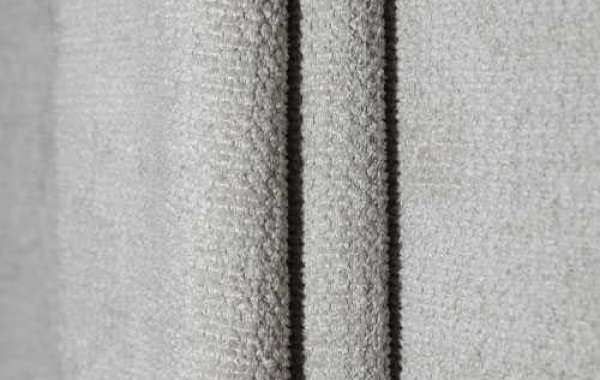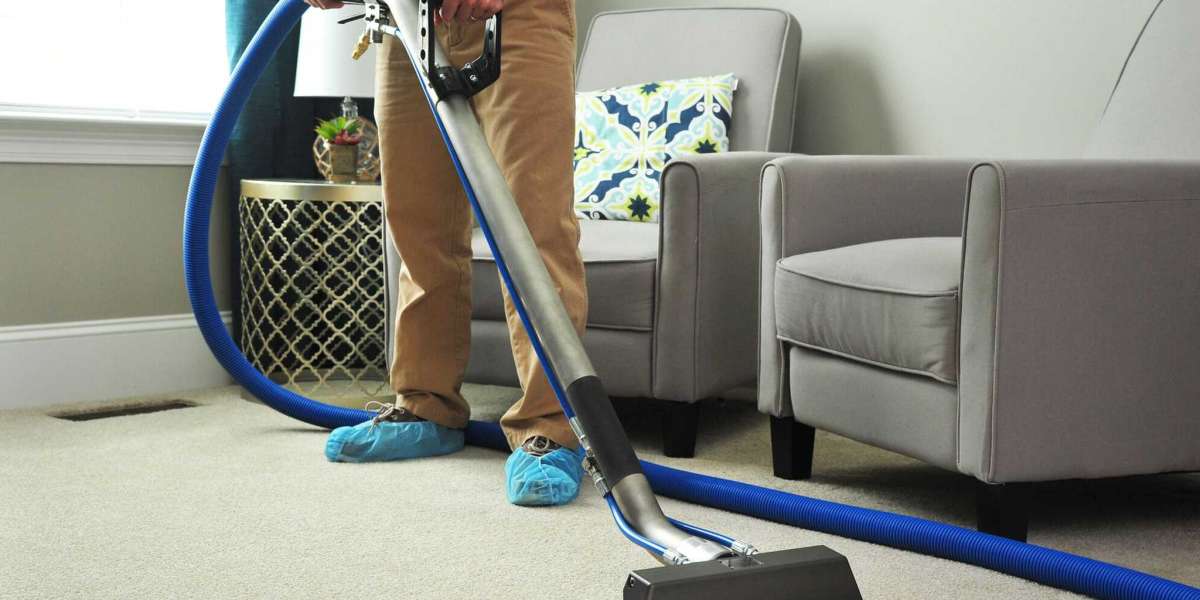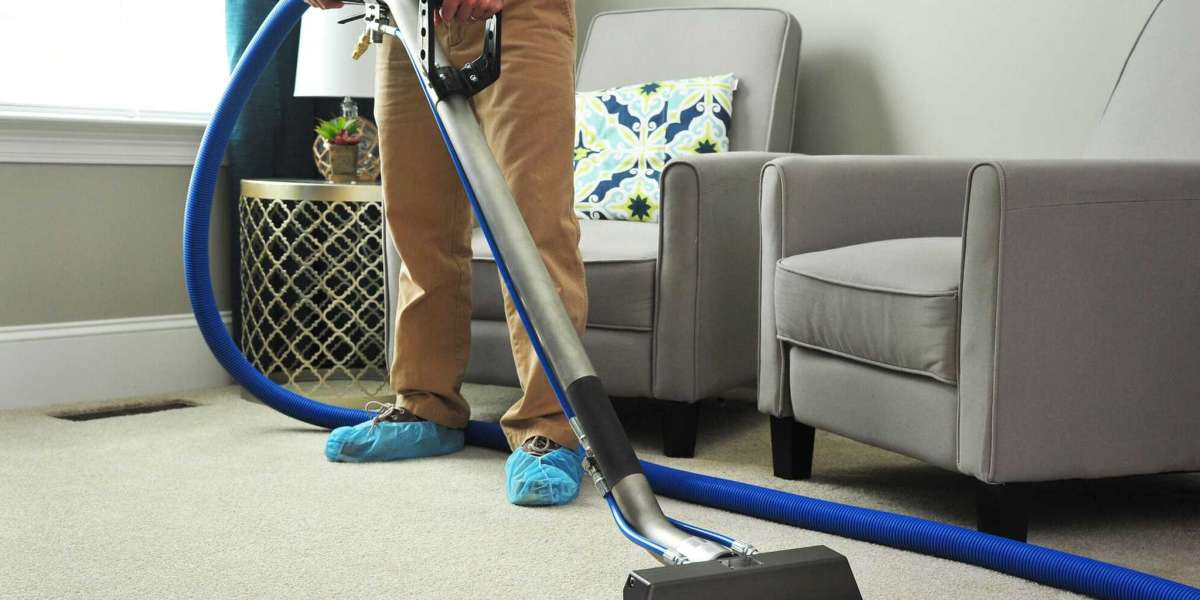Rustic woven imitation linen fabric kitchen napkins in pastel shades on light background
The strange thing is why most of us know very little about linen fabric, because it is a common textile. It used to be so popular that even now, it has passed the cotton era and entered the era of man-made materials, and all laundry is usually called linen. It was once very precious. It was used to wrap the corpses of mummies in Egypt and contributed to the preservation of these ancient treasures. Today, flax is used to make clothes, curtains, tablecloths, pillows, carpets, ropes, etc. It is even mixed with cotton to make a strong paper-like substance, which is used to make dollar bills.
Flax ingredients
Flax is a sustainable fabric made from flax fibers. Flax plants are grown in almost every country in the world, and they have been used to make fibers for more than 6,000 years. To extract fiber, plants are either cut or pulled from the ground by hand (it is said that pulling will produce finer linen). The seeds are then removed through a process called winnowing or tearing, and then the plant material is removed from the fiber by dipping. Once the fibers are separated to collect the longest pieces, up to 20 cm in length, they are then spun into yarn and finally woven into a fabric.
Benefits of flax
The resulting linen fabric is two to three times stronger than cotton and dries faster. Due to its porosity, linen has natural heat and moisture wicking properties, making it a good conductor of warmth, and is a popular fabric for making clothes or bedding in summer. Natural fibers also retain dye colors better than some other materials, so this fabric can provide almost any color imaginable. Linen also has a natural antibacterial effect, which has made it a popular bandage choice for centuries, and a favorite for curtains and accessories (such as accent pillows).
Linen also has some disadvantages. As a fabric, it has very little elasticity, so it wrinkles a lot. It is also more expensive than cotton. However, despite these shortcomings, linen is still a popular and smart choice for home decor accessories like when it was first discovered centuries ago.
Linen care
Linen is notorious for wrinkling. If you like the look and feel of linen clothing, and if you want to avoid wrinkles, be prepared to do a lot of ironing, unless you want to embrace the wrinkles for a more casual look. Using high temperature and a small amount of spray starch on the iron (especially on the collar) will give you a smooth and refreshing effect. But don't be fooled-once you put on linen clothes, it will wrinkle at least a little bit. If you want to avoid wrinkles altogether, try using linen blend fabrics, as they tend to be smoother. Make sure your linen clothes are completely dry before wearing, because when the material is wet, the wrinkles will be exaggerated.
As a curtain fabric wholesaler, Yifan often uses machine-made imitation linen fabrics as curtain fabrics for people to choose. If you are interested in this, please feel free to consult.







